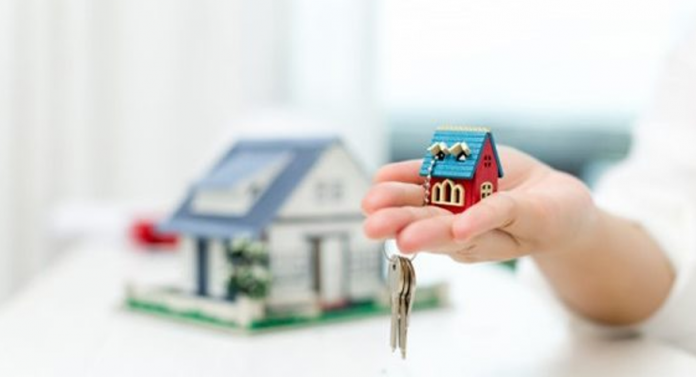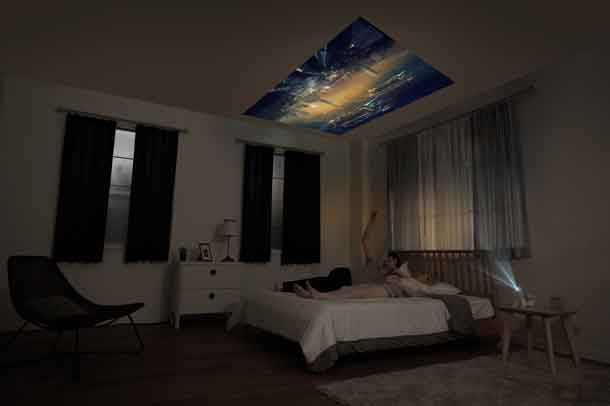How about the idea that buildings themselves become living entities that adapt to our efficiency, sustenance, and comfort needs, rather than changes to the concrete or glass? It doesn’t sound too much like science fiction, thanks to general advancements in building technology and the design strategy aimed at improving performance. This can be easily explained by the fact that there can possibly be so many various ways of designing environments that will be comfortable for users and eco-friendly: from green roofs saving energy to clever sensors that change lighting and temperature according to occupancy.
This paper focuses on how performance: comfort and sustainability of the built environment are enhanced. We look into how the innovative engineering and design interact with this new built world. The design in the build environment can actually offer a new definition of sustainability through development on the ideal environment mainly within the building design, material options, and concept strategies in energy use. Knowing the critical steps that make buildings dynamic places to care for the health of people first and then to do less harm to the environment.
Lower Operating Expenses and Extend Equipment Life
Another critical cue to the performance of structures and environmental sustainability is enhancing operating cost reduction while improving the longevity of assets. Proactive maintenance strategies, investment in energy-efficient systems, and application of Fault Detection & Diagnostics for Buildings (FDD) systems could altogether run a structure’s equipment more efficiently while, in some cases, equipment longevity could be longer. This will reduce the total operating costs by reducing energy consumption and thus make the entire setup eco-friendly.
Besides, consistent equipment checks and the quick fixing of snags would help avoid or at least mitigate breakdowns, which are pricy, as well as last-minute repairs. And, disaggregated pieces of mechanical equipment can be considered maintained by the owner of a building in such a manner that typical operations easily are done with regard to reducing energy bills and giving mechanical systems extra life with proper maintenance. For instance, predictive maintenance tools can help spot potential breakdowns well in advance, thus reducing costly downtime and slowly increasing the operational spend.
Reducing Energy Waste and Reducing Repair Costs
Smart technologies put into place will reduce energy wastage, knowing that it will be friendly to your pocket and the environment at large. Introduction of such technologies translates into some percentage savings that building owners will not want to miss. Time that usually takes up life and expensive breakdowns in equipment can be bypassed by an increase in routine maintenance and timely repairs. The long-term cost of maintenance can be cut by buying general energy monitoring devices to identify problem areas and optimize energy.
Renewable sources of energy and sustainable materials can also help in bringing down the cost to build, make a building comfortable, and at the same time, help in making it more productive when it comes to reducing the environmental impact from the building. In addition to saving long-term money, the comprehensive building management approach, which is key on sustainable and energy-efficient aspects, also tends to make interior spaces more habitable and productive to its occupants. Proactive building owners would save on maintenance expenses, reduce energy wastage, and help shape a better future for the next generations.
Increasing the Life of Equipment with Preventive Maintenance
The preventive maintenance is programmed on a weekly basis to determine long time service of equipment and a reduction of the awful precipice-numbing unplanned breakdowns. The comfort level and building performance for residents in the building are frequently achieved by the building manager conducting maintenance works on the HVAC system, lighting system, and the controls in general. These contribute to cutting the usage of energy, reducing downtime to maintenance, cutting costs, and improving sustainability.
Another important integrated component is the application of technology in increasing the speed of processes. New monitor and look for possible problems of day to day operations, and detecting them have enabled in-systems real-time data insight to. The advancement in technology enables facility managers to take up preventive measures before little faults grow larger. In this manner, long-term costs for maintenance are reduced, and the life and efficiency of operation of the equipment is increased.
Establish a Greener and Cozier Building Environment
Step out in a building that provides all your needs yet supports a healthy environment within it—a truly comfortable environment that must merge modern technologies and architectural practices that ensure human health. At the same time, it touches the environment as little as possible. It’s not only what the building provides, but what everything inside it is employed with toward ensuring the balance comes to life: the installations of efficient energy technologies and the material the building is put up with.
Nowadays, when sustainability is not just a trend, many techniques of architecture and ways of building constructions need to suit other fields with the same quality. We can say that the efficiency of illumination, natural ventilation, and clean energy for the building dramatically decreases the carbon footprint and improves the indoor building. The mantra clearly lays out dual emphasis: comfort for the user within, in line with the structures in question, and sustainability for the following generations that have to make do with them. It is only such a strategy that is going to move towards an ecologically attuned society where buildings are organic living and breathing organisms putting health first before all—with respect to both the Earth and humanity.
Sustaining Ideal Conditions for Comfort of Residents
But it has to be more than what the temperature may be, the actual process in creating and maintaining the best conditions for people to be comfortable is definitely more complex than this. Factor in all the requirements of air quality, illumination, acoustic pollution, ergonomic concerns for getting people comfortably and efficiently working in their environments, it goes further in maintaining and changing the smart buildings through computer systems and sensors continually applicable to the changing needs.
The other benefit of sustainable design principles is that, with respect to building occupants, there is a difference in the feeling in terms of comfort since the impact on the environment is greatly reduced. That is, energy-efficient lighting systems complemented by natural ventilation and green spaces within buildings and next to them will readily promote better indoor air quality and hence the health of inhabitants. What we aimed with, and should keep, designing, and operating buildings focusing on the comfort of its tenants, besides sustainability, resulting in spaces that foster overall experiences of fun, productivity, and health—the one who uses them.
Reducing Energy Use to Help Create a Greener Tomorrow
As attention has more closely been paid through sustainability in so many places around the world, recognition of the need to cut energy use in order to create a cleaner future has grown. Building performance is one of the biggest pieces of the puzzle where companies and individuals, like CIM, can make a big difference. With investments in smart technologies and energy-efficient infrastructure, their footprint will be reduced, and they will become generally more comfortable and useful.
Owners of buildings can lower their operating overheads by 10-40% by putting in place energy-saving methods. These methods include effective lighting systems, simplifying their heating and cooling systems, and making use of renewable sources of energy. Such investments also boost read values for the simple reason that they cut down expenses on utility costs and encourage neighbors to somewhat live green. In short, everyone wins because energy consumption decreases and partly contributes to a greener future for society.








